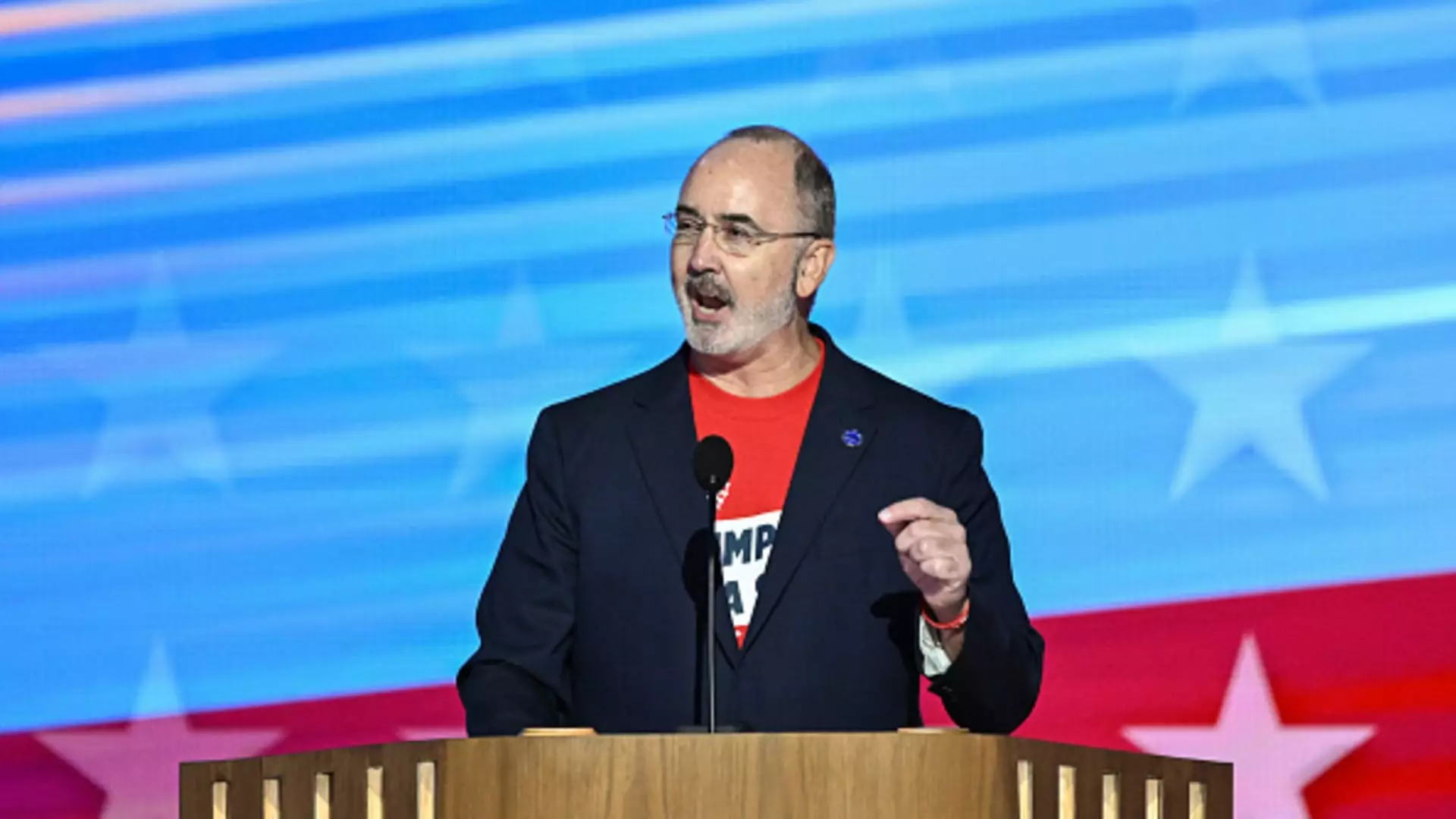UAW’s Charges Against Stellantis: A Growing Tension in the Auto Industry

The conflict between the United Auto Workers (UAW) union and Stellantis has escalated as tensions rise over production commitments and labor practices. The UAW recently initiated federal unfair labor practice charges against Stellantis, accusing the automobile giant of undermining the terms set forth in their most recent contract. This dispute highlights the fragile relationship between labor unions and automotive companies, particularly in an industry undergoing significant transformation and challenges.
The UAW’s allegations stem from claims that Stellantis is attempting to relocate production of the Dodge Durango outside the United States. Such a move, if true, would represent a significant breach of the agreements formed during the 2023 contract negotiations, wherein the union secured commitments that included not only job security but also the revival of an idled assembly plant in Belvidere, Illinois. UAW President Shawn Fain emphasized the importance of these commitments, pointing out that the contract included mechanisms for the union to strike if Stellantis fails to uphold its end of the bargain. This situation illustrates a broader issue of trust and accountability in labor relations.
Stellantis has publicly pushed back against the UAW’s accusations, maintaining that it has honored its contractual obligations. In a statement released before the latest charges, Stellantis argued that the claims by the UAW are unfounded and reiterated its commitment to the Investment Letter, which is part of the UAW Collective Bargaining Agreement. Despite these reassurances, the company’s recent actions, such as delaying the reopening of the Belvidere plant, have only served to amplify suspicions and dissatisfaction among union members.
The UAW’s grievances against Stellantis are not isolated. The union has reportedly filed over 24 grievances regarding various aspects of Stellantis’ product and investment plans. Moreover, the potential relocation of Durango production, purportedly to Ontario, Canada, raises critical questions about the future of manufacturing jobs in the U.S. as companies increasingly turn to cost-cutting measures and seek production efficiencies. This trend suggests a larger, structural change in the automotive industry—one that could lead to significant job losses in regions traditionally reliant on auto manufacturing.
The ongoing dispute between the UAW and Stellantis underscores the complexities of labor relations in a rapidly evolving industry. With significant contracts at stake and the potential for strikes looming, both parties must navigate this contentious situation carefully. The outcome of this conflict may not only influence the future of Stellantis but could also set precedents for labor relations across the automotive sector in the coming years. As the situation develops, it will be essential for stakeholders to remain engaged and proactive in addressing the underlying issues of trust, commitment, and job security that are at the heart of this dispute.





